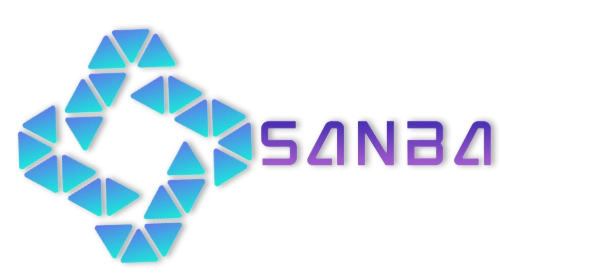Blockchain Moves from Disruption to Infrastructure

Initially created to bypass central authority, blockchain technology has steadily evolved into a tool embraced by those very institutions it once aimed to replace. One of the most telling signs? The world’s largest stock exchanges are now investing in blockchain not to decentralize, but to optimize how assets are cleared, settled, and recorded.

While cryptocurrency still dominates headlines, it’s the underlying ledger technology that’s making a quieter, more foundational impact — especially in the financial sector, where efficiency and transparency are paramount.
The Problem With Traditional Trade Settlement
You might be surprised to learn that despite algorithmic trading operating at lightning speed, finalizing stock trades still takes time — typically two business days in major markets. Behind the scenes, this involves an intricate dance of:
- Coordinating delivery and payment
- Validating records across different databases
- Performing manual reconciliation to prevent mismatches
This outdated back-office model costs time, money, and introduces operational risk. Naturally, exchanges began asking: What if blockchain could automate and secure this process?
Australia’s ASX Leads the Pack
Among the most advanced is the Australian Securities Exchange (ASX), which has made significant strides toward replacing its traditional CHESS clearing system with a blockchain-based solution developed by Digital Asset, a US-based technology firm.
The goal is not to decentralize but to build a more reliable, efficient, and scalable infrastructure. The new platform will use distributed ledgers — but with a central authority (ASX) maintaining control over participants, removing the need for energy-intensive mining or public validation.
Interestingly, not everyone will have full access. While select brokers and banks can connect directly, others will continue operating through intermediaries, ensuring regulatory compliance and business continuity.
Singapore Pushes Innovation Through Regulation
Singapore isn’t far behind. On November 11, 2018, the Monetary Authority of Singapore (MAS), in collaboration with the Singapore Exchange (SGX), unveiled a working prototype that uses blockchain for asset delivery, payment, and settlement. This pilot project demonstrates that government involvement can accelerate blockchain adoption in regulated environments, rather than inhibit it.
The MAS-backed prototype even tested the integration of a central bank digital currency (CBDC) — a bold step that could reshape how currencies move across institutions in the future.
Reinventing Finance: Tokenized Assets in Switzerland
Meanwhile, SIX Group, which owns the Swiss stock exchange, is taking blockchain one step further. It plans to launch a dedicated digital platform for trading tokenized versions of stocks, bonds, and potentially even art collections.
According to Thomas Zeeb of SIX, tokenization could eliminate minimum trade sizes, opening doors to smaller investors and broadening access to previously illiquid asset classes. For example, a museum interested in tokenizing artwork could allow investors to gain exposure to the financial value of its collection without ever owning the physical pieces.
Quick Facts: Blockchain Integration in Global Exchanges
| Country | Institution | Project Focus | Status |
|---|---|---|---|
| Australia | ASX | Blockchain-based clearing system | Live by mid-2021 |
| Singapore | SGX & MAS | Blockchain settlement + CBDC pilot | Prototype tested |
| Switzerland | SIX Digital Exchange | Tokenized asset trading platform | Launch planned |
| USA (examples) | Nasdaq, DTCC | Blockchain R&D in settlement infrastructure | Under development |
A Centralized Use of a Decentralized Idea?
It might seem contradictory: centralized financial giants using decentralized tech. But the goal isn’t ideological purity — it’s pragmatic transformation. These exchanges aren’t chasing decentralization for its own sake. Instead, they’re using blockchain’s strengths — immutability, traceability, and smart contract automation — while retaining institutional oversight.
